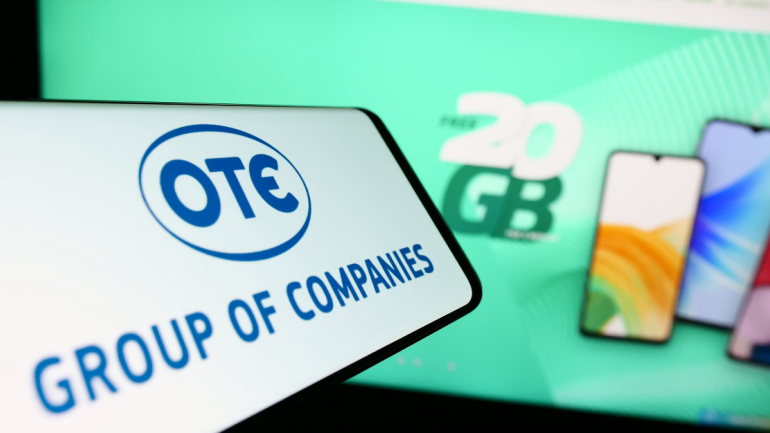As Algar Telecom turns 70, the prominent Brazilian ISP continues to seize market share amidst 10,000 competitors. Serving 1.5 million customers across Brazil, they masterfully intertwine fiber broadband, wireless, and content services, satisfying the divergent needs of B2B and B2C consumers. The strategic blend of high-tech infrastructure and seamless customer experience propels Algar’s journey, pivoting on the indomitable broadband, termed as the “cardinal element”. Additionally, foreseeing the potential of the imminent 5G rollout, Algar’s game plan involves marrying fixed-line connectivity with wireless services, laying a robust groundwork for the future.
OneWeb, a Eutelsat entity, gained India’s coveted regulatory endorsement to usher in its satellite broadband service, evoking enthusiastic response from Eutelsat’s co-chair, Sunil Bharti Mittal. This development signifies a new era for India’s internet coverage in line with the Prime Minister’s digital vision. However, a crucial spectrum allocation by the government awaits, making OneWeb’s journey not entirely smooth sailing. An array of procedural and regulatory hurdles demands navigation, alongside competing market perspectives delaying the process.
Greek telecommunications heavyweight OTE appears to be changing course, with whispers abuzz of pivotal shifts in its future business plans. The rumored centerpiece is the potential sale of its Romanian mobile operations, Telekom Romania Mobile, to Quantum Projects Group. This points towards a strategic refocusing on OTE’s extensive Greek operations, signaling a departure from the international stage.
Nokia, the renowned network equipment manufacturer, recently joined the Ultra Ethernet Consortium (UEC). Anchored by the Linux Foundation, the UEC fortifies Ethernet technologies to satisfy the escalating requirements of AI and high-performance computing. With members such as AMD, Cisco, and Microsoft, the consortium seeks to equip Ethernet with more advanced networking functions, while maintaining its simplicity and affordability.
DIDWW, a global telecom operator specializing in premium quality VoIP communications, two-way SIP trunking, and SMS services, has become a strategic voice partner with VitalPBX, a leading provider of unified communications PBX systems based on Asterisk. This collaboration enables VitalPBX users to seamlessly access DIDWW’s SIP trunking and SMS services, thereby enhancing their communication capabilities.
In a strategic move to meet the escalating demands of the 5G era and burgeoning broadband connectivity in India, Nokia has joined forces with Bharti Airtel for a significant overhaul of the optical network infrastructure. The project aims to deliver ‘massive capacity,’ enhanced reliability, and cost efficiency for enterprises, operators, and hyperscalers in the region.
5G technology is quickly escalating into an exciting, innovative space, largely due to a process called network slicing. This technique enables a vast number of dynamic network slices, each with unique attributes defined by its user. Despite being in the primary stages, an array of business opportunities are on the horizon like gaming, vehicle-to-everything (V2X), IoT, and mobile edge computing, as the technology advances. Critical remote services, such as remote robotic surgeries requiring ultra-reliability over latency, become possible with robust and reliable 5G slices.
The online retailer, musicMagpie, recently confirmed preliminary dialogue with telecom giant BT and investment firm Aurelius, creating ripples in the wireless tech marketplace. While BT harbors plans to extend its EE customer division’s footprint in the pre-owned smartphone market, musicMagpie’s potential sale throws a thrilling spin to proceedings. It’s a pivotal situation in a rapidly evolving telecommunications world, requiring stakeholders to recalibrate their strategies to mirror the dynamic customer needs. Meanwhile, noteworthy events unfold elsewhere in the sector, promising fascinating updates.
China’s “dual carbon” mandate is reshaping data centers, creating an eco-conscious equilibrium between robust computational power and sustainability. Consider China Mobile’s Hohhot data center, built with Huawei, melding massive computational potential with cutting-edge energy-saving technologies.
In the dynamic realm of modern business, meeting customer expectations is a challenge. Unified Communications (UC) addresses this by integrating diverse communication tools into a cohesive platform. This article explores UC’s benefits, such as omnichannel experiences, personalized interactions, real-time responsiveness, enhanced collaboration, employee mobility, seamless integration with applications, and leveraging data analytics for continuous improvement. UC transforms the customer journey, fostering satisfaction, loyalty, and long-term success in the competitive business landscape.













